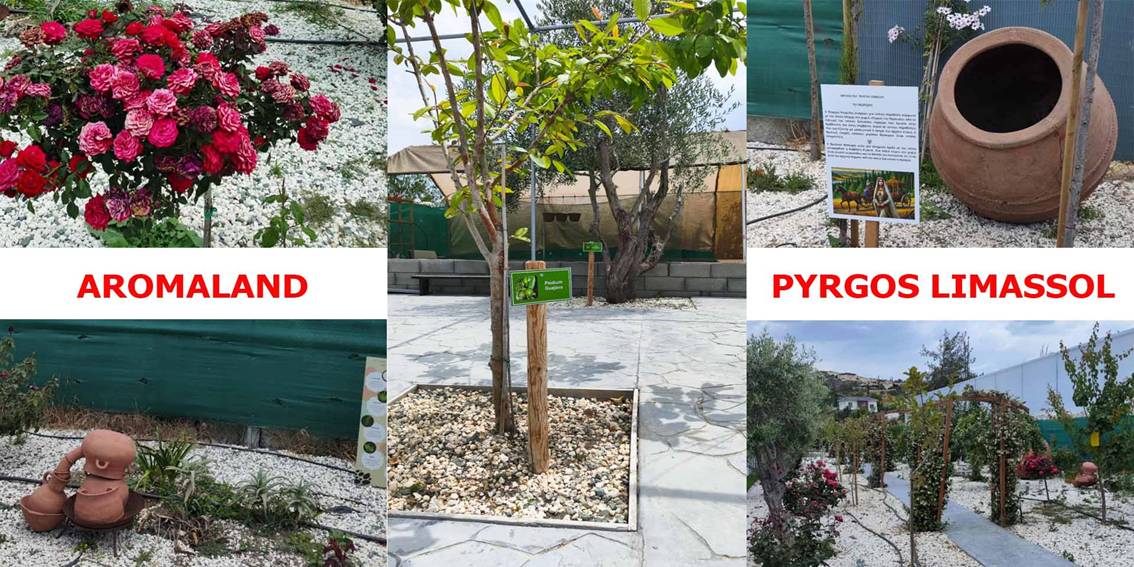What is Cooking: Historical Overview

Author: Panos Platritis, Clinical Dietitian Nutritionist BSc, MSc, Contracted with GHS Member of BDA, ESPEN, CYSPEN, SEPI
What is Cooking: Cooking involves preparing food by applying heat. Different cultures use various techniques and ingredients, shaped by their environment, economy, and traditions. Chefs bring their own skills and training to the process, often creating unique results.
You can also prepare food using chemical reactions instead of heat. In ceviche, a traditional Spanish dish, lemon or lime juice acids transform raw fish into a cooked-like texture. Sushi relies on a similar process, where vinegar in the rice interacts with the fish. Only humans cook with heat or fire, and many scientists believe that this ability significantly influenced human evolution.
WARNING
The reproduction of any part of the book by any means (photocopying, printing, microfilm, or any other mechanical or electronic method) is prohibited without the written permission of the author.
The Origins of Cooking
Most anthropologists place the first use of fire for cooking at around 250,000 years ago. As agriculture, trade, and transportation developed, people gained access to a wider variety of ingredients. Cooks began exploring new culinary possibilities with these resources. Inventions like pottery made it easier to store liquids and boil water, which led to more advanced cooking methods. Many chefs today continue to innovate by using modern technologies in their food preparation.
The History of Cooking
No one can pinpoint exactly when humans first started cooking food. Anthropologists generally agree that people began using fire for cooking about 250,000 years ago, based on the appearance of cooking hearths. Richard Wrangham, a leading anthropologist, suggested an earlier origin. He proposed that humans may have started cooking between 1.8 and 2.3 million years ago.
Some researchers argue that cooking began only 40,000 or even 10,000 years ago. The evidence remains unclear because wildfires, often caused by lightning, still burn frequently in regions like East Africa. These fires blur the line between natural and intentional fire use. Determining whether early humans used fire specifically for cooking—or only for warmth and protection—remains a challenge.
Cooking in Ancient Societies
In ancient times, people gathered around the fire to warm themselves and bond with one another. The hearth symbolized not only fire but also home and hospitality. Humans naturally expressed joy through dance and shared meals. They celebrated life and honored the gods by preparing food and offering it to family and community. Every major event—whether joyful or sorrowful—featured food as a central element. While available ingredients and tools shaped the development of cooking methods, the human desire for pleasure also played a major role. Gastronomy and cooking, though closely linked, carry different meanings.
Gastronomy: A Definition by Chef Zisis Kerameas
Chef Zisis Kerameas describes gastronomy as the complete understanding of food. He emphasizes knowledge of food’s chemical and physical properties, nutritional value, and flavor combinations. He also includes techniques that transform ingredients through fire or other methods to produce healthy, delicious, and visually appealing dishes. Cooking began when humans first encountered heat-altered food.
This moment likely occurred when early humans tasted meat that fire—perhaps from lightning or a domestic hearth—had accidentally roasted. That discovery turned necessity into satisfaction and marked the true beginning of cooking. Early cooks probably used wooden spits, as seen in ancient reliefs and vase art. They soon created clay pots for boiling and storing food. Over time, these tools evolved. Later, cooks began using metal utensils, many of which now appear in museums like the Louvre and the Archaeological Museum of Thessaloniki.
In ancient Greece, people held communal meals known as symposia. These events gathered individuals to enjoy food and wine served from large communal vessels, reinforcing bonds and celebrating togetherness.
The Evolution of Cooking Methods
The dishes were roasted on a spit or cooked in earthenware pots covered with charcoal. The excavations prove the use of earthenware vessels in all time periods. In the years of Alexander the Great, the first hangouts were created, while during the Roman period, the first taverns appeared that constituted organized dining spaces. The only form of mass dining in antiquity can be considered the communal meal, which was a shared meal that all men of every age were required to participate in, as part of a social or religious ceremony.
The evolution of the communal meals of ancient Greece is the ‘kurbani’, events of people dining in outdoor spaces near chapels. More recent testimonies include boiling materials in cauldrons or in now stainless steel pots, in contrast to the wooden spits and earthenware vessels of previous years. Today, the word ‘communal meal’ is used for the free food provided to the poor, homeless, and victims of fire, earthquake, war, etc.



